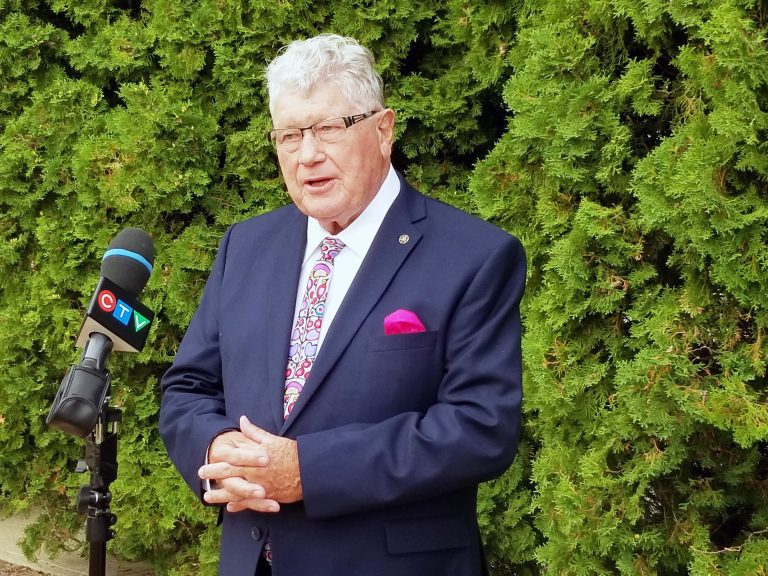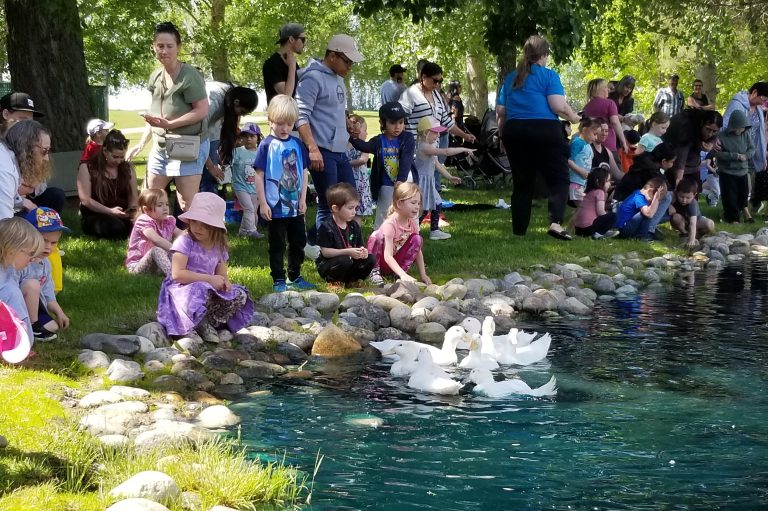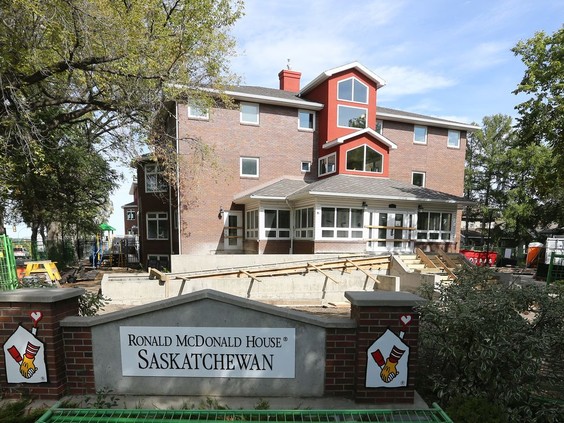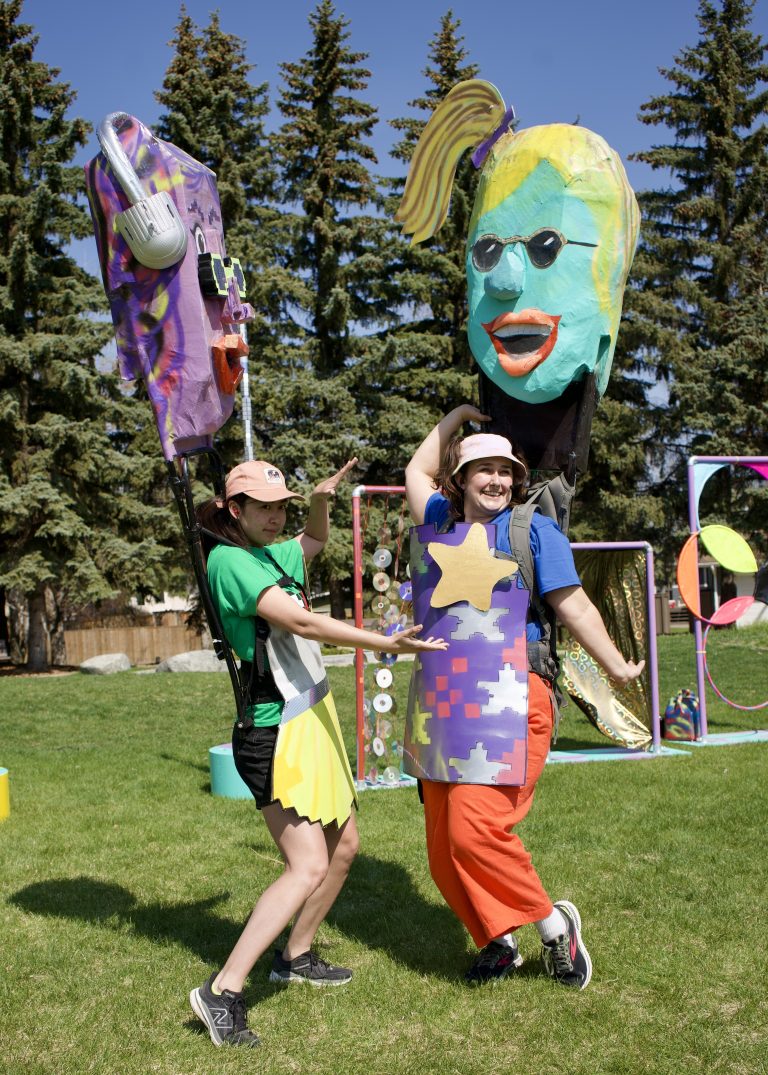We here at the Daily Herald love the community groups, non-profits, schools, and businesses who organize the festivals, workshops, and family events that make Prince Albert summers fun, so I write this out of love, not hate … if you value your local newspaper editor’s sanity, please coordinate your schedules.
The news business is feast or famine, but that’s never been more true in Prince Albert than June 2024. Take Saturday, June 15 for example. On this day alone Prince Albert hosted the Downtown Street Fair, the Pop Up Poetry Walking Tour, a Summer Solstice cultural gathering organized by the Northern Prairie Indigenous Peoples Collective, and the Prince Albert Summit Run. Those are all great events that draw good crowds, and significant coverage on a normal weekend. This year, those events not only ran on the same day, but at the same time.
Normally, the Daily Herald would just suck it up and deal with it. We’ve been through election campaigns, playoff runs from local sports teams, and a variety of other events that take considerable time and energy to cover. Crammed schedules are part of the job, but this June it was unnecessary.
Why do I say that? Because exactly one week after June 15, the calendar was … empty. As we scrambled to find news for Tuesday’s paper, I wondered more than a few times how much easier it would be if one or two of the groups who hosted their events on June 15 instead held them a week later (or a week earlier, the calendar was almost as barren on June 8).
This issue isn’t just a problem in the arts, culture, and festival scene either. Prince Albert sports clubs also seem determined to run our newsroom ragged. On the Saturday, June 1 weekend, Prince Albert hosted the Ladies Northern Golf Tournament, the Shaye Amundson Memorial Softball Tournament, and the Lew Hobson Memorial Baseball Tournament. All three events ran for more than one day. Oh, and the Prince Albert Predators lacrosse team played games Friday night and Sunday afternoon.
I have some sympathy for sports teams. They don’t always have the luxury of picking their dates. The Predators, for example, had to coordinate their Friday game with the Queen City Kings, the Regina-based lacrosse team they’re challenging for Saskatchewan’s spot in the Founders Cup. I doubt the Kings were overly concerned with the intricacies of Prince Albert’s sports calendar.
Regardless, jamming all those events into a single weekend meant one of them—in this case, the Lew Hobson Memorial Baseball Tournament—did not receive any coverage at all. I don’t like having to do that. All four of those sporting events deserved good coverage. By holding them all on the same weekend, we were forced to pick and choose.
As with the June 15weekend, this was even more frustrating because one week later (June 8-9) there were just two events on the sports calendar: the Prince Albert Outlaws final home game and the Pine Needle Mountain Bike and Music Festival. Both events were one day only, and both were held on different days.
This isn’t a weekend problem either. On Wednesday, June 19, our reporters had four different events/announcements to cover, two of which generated more than one story. The same thing happened again on Thursday, June 20.
Once again, the busy schedule meant we were not able to give every event the attention it deserved. In this case, the odd group out was Saskatoon-based Sum Theatre, who gave three performances in Prince Albert as part of their popular Theatre in the Park series.
Again, what makes this frustrating is not the busy schedule (our newsroom likes being busy) but the fact so many other days on the calendar were empty (in this case, Tuesday June 18 and Friday, June 21).
I trust 99 per cent of you get my point, but for the one per cent who don’t, I’ll spell it out as plainly as I can. It’s no fun being cooped up in the office when summer arrives. We love getting outside and covering events like the Street Fair or Summer Solstice or golf and baseball tournaments. It’s a welcome break from the bleaker aspects of the job, like covering murder trials and drug busts. I’m not asking organizers to stop hosting big events. I’m asking them to spread those events out across the calendar. You’ll get better coverage if you do, and if that doesn’t convince you, please spread them out so we don’t run ourselves into the ground trying to get to them all.
I can already hear the naysayers telling tell us to hire more reporters. If every weekend was as busy as June 1-2, or every weekday as crammed as June 19-20, maybe we would, but it doesn’t make much sense to do so when the rest of the calendar is empty.
I also understand Prince Albert is lake country. Yes, everyone wants to hold their event in June before 9/10ths of the population decamps for their cabin. I understand there are other logistical issues at play. There is still no good reason Prince Albert should host four major events one day, and none the next. Please, I am begging you, coordinate you schedules.
Jason Kerr is the editor of the Prince Albert Daily Herald.










